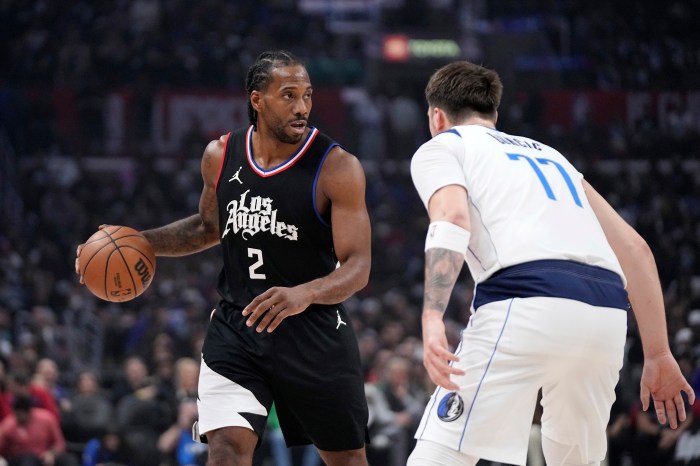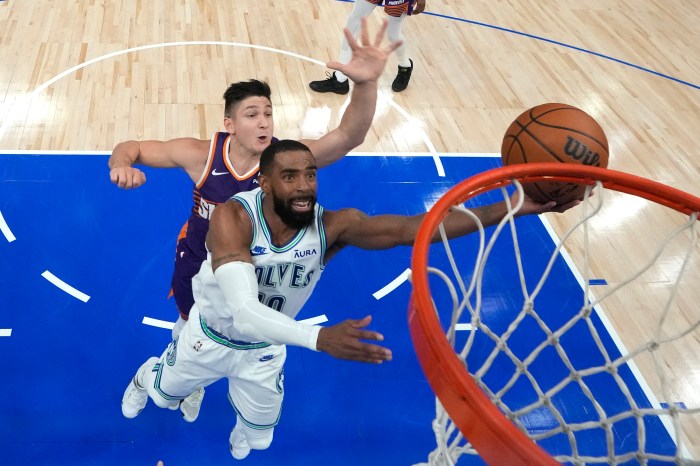THE KIDS AREN’T ALRIGHT: Steve Jobs said it would work, and much of the entertainment business took him at his word, but according to a poll commissioned by the L.A. Times and Bloomberg, the whole concept of watching video on tiny screens – cell phones, gaming devices and iPods, to be precise – isn’t getting any traction with a core group of early adopters: those fickle young folk.
Asked how they would prefer to watch a movie, 38 per cent of kids 12-17 said they’d rather not see it on a cell phone, video iPod or computer, while the percentage rose to 48 per cent in the 18-24 age group. Assuming that there’s a pattern here, it would seem that all Apple has to do is hold out for another decade or so, when their only growth demographic – toddlers and pre-schoolers – will be eager adopters of the handheld home theatre.
For some youngsters, it’s simply a matter of the technology not being there yet. Kaitlyn Brown, a 13-year-old Texan, was given a fancy Sprint cell to take to church camp, but unsubscribed to the video option when she got fed up with jerky comedy clips freezing in the middle of a file. Mark Lopez, a 23-year-old undergrad at Cal State Fullerton, called mini-video a “needless expense”, and said that he’d rather avoid the grainy quality and wait to “watch something first on TV, or TiVo it.”
Steven Jagodzinski, a 21-year-old South Park fan and computer science student from Baltimore, asked very sensibly: “Why would I want to look at a video clip on my cell phone? I’d rather make phone calls on it.” My question is simpler: how did the Times and Bloomberg find so many kids generously blessed with common sense?
A few other shibboleths got punctured by the poll, including the one that kids today are getting their news – if they’re interested at all in news – online, or from satirical near-news shows like Jon Stewart’s Daily Show. Thirty-eight per cent of the young adults polled said they get their best news from local newscasts, but only 6 per cent said they got it from shows like Stewarts; numbers dropped for teens, with 30 per cent – still a majority – saying that they turn to local news, and only 3 per cent getting it from the Daily Show.
This shouldn’t be a surprise – everyone knows that kids could care less about some snarky guy making fun of people they’ve never heard of, and that Stewart’s real constituency is single college grads with time to kill and older adults who like to have their political prejudices confirmed by someone described by magazines as “hip”. Casey Hankins, a 14-year-old from Colorado, hit the bulls eye: “I think our generation thinks watching the news is dorky and not a lot of fun,” he told the pollsters, but added that he might change his mind when he gets older. “I think I’ll want to know more stuff then.”


















